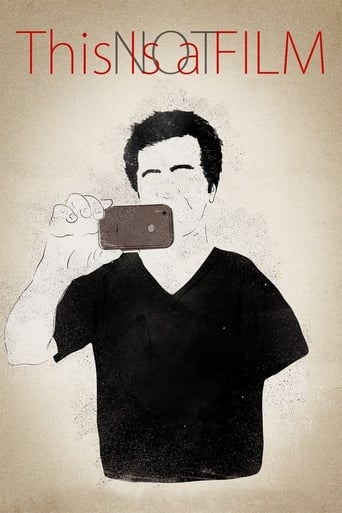


This Is Not a Film
Renowned Iranian director Jafar Panahi received a 6-year prison sentence and a 20-year ban from filmmaking and conducting interviews with foreign press due to his open support for the opposition party in Iran's 2009 election. In this film, which was shot secretly by Panahi's close friend Mojtaba Mirtahmasb and smuggled into France on a USB stick concealed inside a cake for a last-minute submission to Cannes, Panahi documents his daily life under house arrest as he awaits a decision on his appeal.
-
- Cast:
- Jafar Panahi , Mojtaba Mirtahmasb


Similar titles
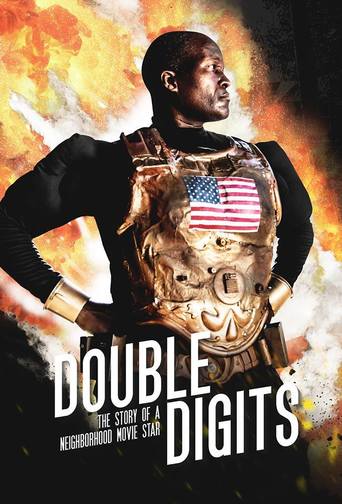
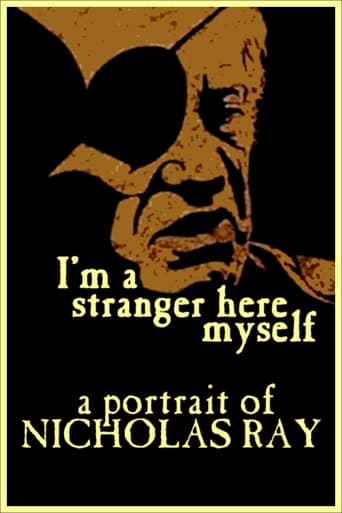
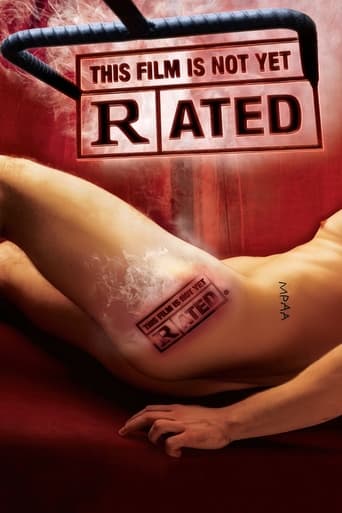
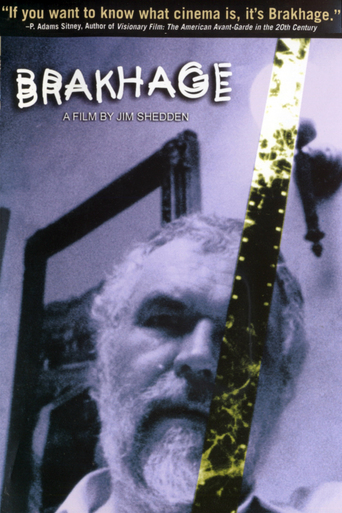
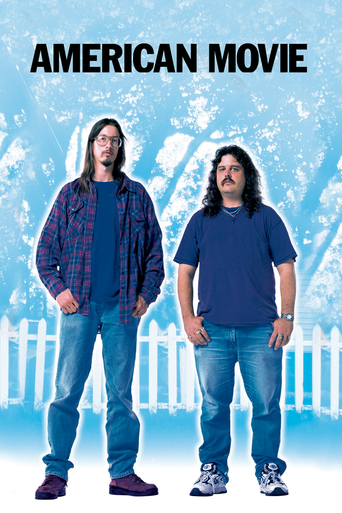
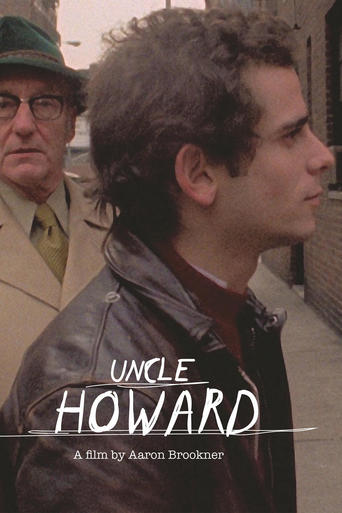
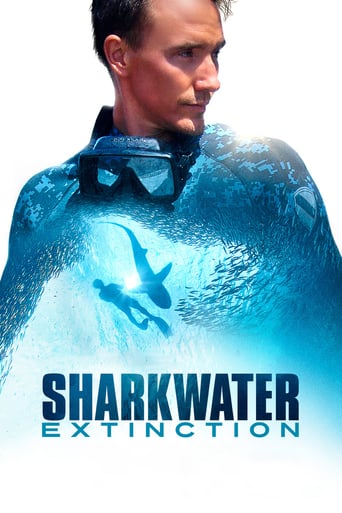
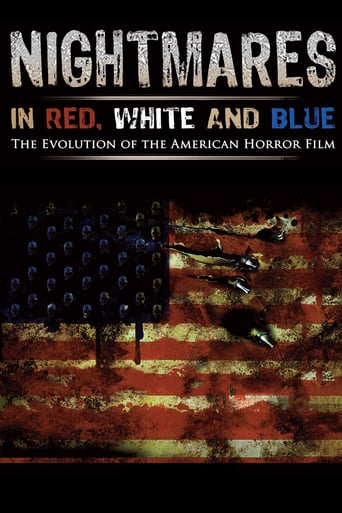

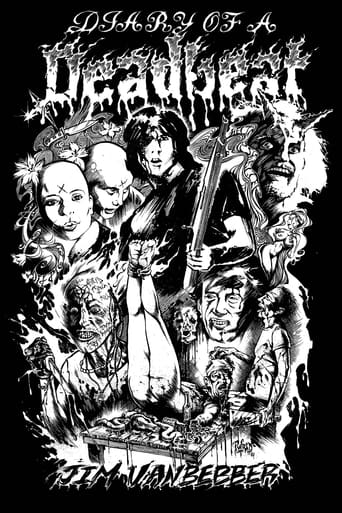
Reviews
Best movie of this year hands down!
Lack of good storyline.
This is one of the few movies I've ever seen where the whole audience broke into spontaneous, loud applause a third of the way in.
Through painfully honest and emotional moments, the movie becomes irresistibly relatable
There are not many viewers who are aware of philosophy and its paradoxes. Liar's paradox is one of the most famous philosophical puzzles which continues to mock human beings. Its beauty lie in deciphering the phrase "This sentence is false."Anybody who tries to interpret it encounters a cumbersome dilemma as both options do not seem to be effective. Let us discuss something about a film. Most of us know well what a film is and what it is supposed to be. However, we are doomed if we are asked to describe what a film is not ? The whole idea of a film not being a film is absolutely ridiculous rather preposterous as a film can only be a film and nothing else. A film cannot be an actor, a cinema hall, a reel, a typewriter or a mobile phone. For a film to be a film, to be called a film, to be classified as a film, it has to be a film first and then it can be anything else. This is the most elementary thing one can say about a film's ontology. A film with a weird title like "This is not a film" makes mockery of cinema as a medium of artistic expression. Jafar Panahi has made better films but he has put his entire oeuvre to shame by making what many of us would like to call a "very bad film". It is an insipid exercise in arrogance, idiocy, show-off and vanity as Jafar Panahi is shown how important and influential he is as he makes phone calls to his contacts, whiles away his time by playing with a pet iguana and does other minor tasks at home. One knows well that television is often derided as being a stupid means of entertainment. However, "This is not a film" emerges as even worse than a work of television as it does not have any basic entertainment value. This film is scandalous as it doesn't carry any 'artistic message'. It is merely a pseudo exercise in garnering sympathy for a director who has chosen to call his film as 'it is not a film'.
Covering a day in the life of a man awaiting verdict from the Appeals court in Iran comes a documentary with a very specific purpose; to showcase the suffocating force exerted by the Iranian government on the artistic community.Film-maker Jafar Panahi is under house arrest. His crime? "Propaganda against the regime". Sounding positively Orwellian, his sentence is 6 years in prison, a 20 year ban on making films and a 20 year ban on leaving the country. Understandably, he is frustrated, worried and angry with, and at, the political system. Being forbidden to make the film he planned on making, he uses the time in his apartment to lay out the bare bones of his latest screenplay.This documentary film, it is important to note, is not constructed under a conventional arc. It is openly improvised. You see a man unsure where to steer the piece as it moves along. He is uncertain if anyone will ever set their eyes on what he is filming, and the lack of certainty hangs over the documentary like an ominous invisible cloud. However, amongst all of this are some surreal moments. There is frequent footage of his pet iguana and his escapades within the confines of the apartment. This footage allows for some light to creep in amongst the varying shades of sombre. Generally speaking, this is an exercise in seeing a film maker stripped of the fourth wall, and in its place, an ordinary person performing creatively within their own four walls. Ironically, the most dramatic aspect of the film is one that does not form part of what we see, and is not even added as a post-script; the film had to be smuggled out of Iran on a memory card that was hidden inside a cake.Thanks to the surreptitious nature of the film's construction and export, This Is Not A Film could not be any more accurate to its title. It is the epitome of a document that is oxymoronic; the film has a very specific purpose and reason to exist, yet it also plays out with no narrative sense of purpose in any conventional sense.Arguably, the most compelling facet of the documentary is in the understanding of the context in which it was made.Criticism of this film is hard to level, hence the non-rating that heads this review. Bizarrely, despite containing no linear narrative, no talking heads and no interviews, it still stands as a fascinating window peek into a government that is terrifying, petrifying, anaesthetising and nullifying the proletariat. There is no fancy camera work, and the lack of focus means that it would be hard to recommend this film as being one for repeat viewings.Yet still, it is something that needs to be seen. In fact, it commands to be seen. It is a brave feat and endeavour. It is engrossing because the viewer is left to marvel at how it made its way to our screens at all. It is a contemporaneous note on present day Iran and a call to the wider world. A cry for freedom and the purity of free expression. It highlights the extent to which civil liberties have been robbed and denied from the creative industries by the state. The real victim is freedom of speech. Freedom of expression. It is a news bulletin without filter.for more film reviews: toomuchnoiseblog.com (@toomuch_noise) and www.huffingtonpost.com/greg-wetherall
I saw "This Is Not A Film" as part of the Ghent filmfestival 2011. Originally the film "Absolutely Tame Is A Horse" of the same director was scheduled. It had to be replaced in the last minute, due to an export ban on the film itself, plus the Iranian distributor loosing his license.Nearly all 75 minutes that the replacement film takes, are shot within the apartment of the director in question. He is not allowed to make films, but nowhere was forbidden to read a screenplay aloud. On the other hand, as correctly noted by the camera man, recording this reading might still be considered film making. Hence he named this film "This Is Not A film", which may or may not help to evade the issue.There were fireworks, which we saw announced on TV as non-religious, a different word for Not Allowed. Yet we clearly saw and heard fireworks on several places spread over the neighborhood. Could this be construed as some not-so-silent protest?? We felt a volatile atmosphere around these fireworks, albeit in an indirect way, because everyone seemed worried about their kids and relatives coming home in time. Moreover, when he was talking on the phone with a colleague who was underway, the latter had to discontinue abruptly when stopped by the police. This very apparently was cause for alarm. Later on he phoned back, and reassured us that the police only wanted to check his camera, lying unused on the passenger seat. All such signals combined clearly demonstrated an atmosphere of suppression and fear for the police.I was prejudiced by some reviews I've read, describing this not-a-film as a bit boring. Having seen it, I found that too harsh. It may apply to the elevator scene, but that was neatly broken up in small scenes providing for some diversion. Within the apartment, a nice intermezzo was created by a pet lizard. It was being fed in the beginning, and then disappeared out of sight for a while. Later on we saw it crawling over our main character (complaining about its sharp nails) and over the couch, to eventually find a resting place in the bookshelves.Throughout the film I was surprised that someone convicted for 6 years in prison, and a ban to make films for 20 years, was not locked up, but instead having some house arrest while awaiting an appeal. It clearly shows that I know nothing about the Iranian judicial system. Especially, as we learned from a phone call with his attorney, that his conviction was not on a legal basis, but on political grounds only. The latter is a concept very alien to us.All in all, this not-a-film gave a limited inside view in a country we only know from newspapers. It was also a revealing inside view in an Iranian apartment, larger and better equipped than I had assumed beforehand. We can only speculate how he pays for all this, given the ban on his regular work. It shows (again) how little we know about Iran. My final conclusion is that I did not regret keeping my tickets for this not-a-film, though I was entitled for a substitute at choice out of the festival program.
Hidden inside a birthday cake and smuggled out of the country, the 75-minute "effort", This is Not a Film, tells us all we need to know about the cruelty of the Iranian dictatorship and the courage of film director Jafar Panahi. Panahi, who has given the world such masterpieces as The White Balloon, The Circle, and Crimson Gold was arrested in March, 2010 and faces a ban of twenty years from making films and a six-year prison sentence for "propaganda against the Islamic Republic." This refers to exercising free speech by speaking out against the rigged elected of Iranian President Mahmoud Ahmadinejad.As part of his sentence, Panahi is barred from making films or writing screenplays, is unable to speak in his behalf, and forbidden to leave the country. While awaiting the results of his appeal, Panahi is filmed in his home by fellow director Mojtaba Mirtahmasb using a digital video camera and a cell phone. What begins as an innocuous home movie with Panahi sitting at his table eating breakfast takes on an added dimension when he calls Mirtahmasb, asking him to come by to discuss some ideas, but cautions him not to tell anyone about his visit.While waiting for his friend to arrive, he talks on the phone with his lawyer who tells him that the court may waive the 20-year ban on filmmaking but are not likely to reduce his jail sentence. When Mirtahmasb arrives, Panahi reads from his latest screenplay which was rejected by the censors. Acting out the story, he puts tape around the area to suggest the apartment in which the story occurs. As he begins to read the screenplay about a young woman forbidden by her parents to attend university, tears come to his eyes and he stops, saying poignantly, "If we could tell a film, then why make a film?" and expresses his regret about the harshness of the penalty he faces. Soon he takes care of his pet Iguana, Igi, and cares for a neighbor's dog who doesn't know the value of silence. As fireworks explode on the streets to celebrate the Persian New Year, a college student arrives to collect the trash as a substitute for the custodian, and the two engage in a dialogue, remembering the day when Panahi was arrested. To bring home the point even more forcefully, Panahi watches as a TV newscaster proclaims that fireworks are illegal. What started out as a home movie at the end becomes an act of non-violent protest.
